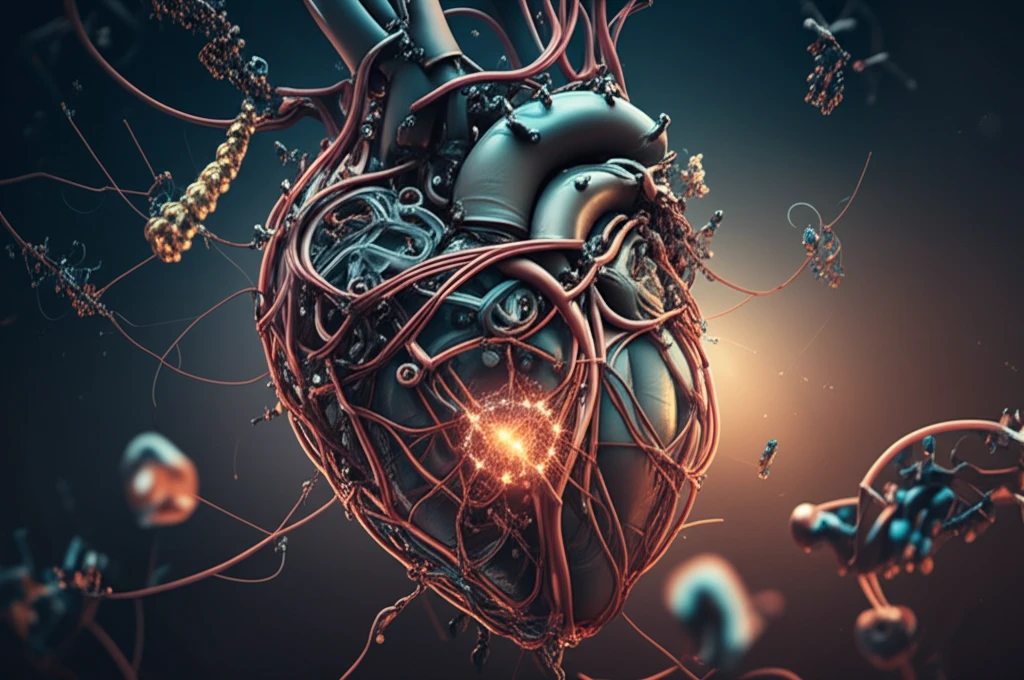
Myosin Mutations: Unlocking the Secrets to Heart Health and Targeted Therapies
"New research sheds light on how genetic mutations in myosin, a crucial motor protein, can lead to heart diseases, offering hope for innovative treatments."
The human body is a complex machine, and at the heart of many of its functions are molecular motors. Myosins, a superfamily of proteins, play a pivotal role in muscle contraction, cell movement, and various other essential processes. These motors convert chemical energy into mechanical work, enabling everything from a heartbeat to a sprint.
Recent research has focused on understanding how mutations in myosin can disrupt these crucial functions, leading to severe health issues, particularly heart diseases. Hypertrophic cardiomyopathy (HCM) and dilated cardiomyopathy (DCM) are two such conditions linked to defects in cardiac myosin. These diseases affect millions worldwide and understanding their molecular basis is key to developing effective treatments.
A groundbreaking study published in the Journal of Biological Chemistry delves into the impact of specific mutations in the converter domain of myosin. This study uncovers how these mutations alter structural kinetics and motor function, providing insights that could revolutionize therapeutic strategies for heart disease. By examining the mechanics of myosin at a molecular level, researchers aim to create targeted therapies that restore proper function and improve patient outcomes.
Decoding Myosin's Role in Heart Function: What Happens When Mutations Occur?

Myosins are more than just simple motors; they are intricate machines with several key components. The myosin molecule is divided into three main regions: the head, neck, and tail. The head contains the catalytic domain, responsible for ATP hydrolysis and actin binding. The neck region, also known as the lever arm domain, contains binding sites for light chains and is critical for force generation. The converter domain acts as a crucial communication hub, translating structural changes in the catalytic domain to movement in the lever arm.
- R712G Mutation: Slows down ATP hydrolysis and recovery stroke rate constants, increasing the mole fraction in the post-power stroke conformation in strong actin binding states.
- F750L Mutation: Enhances ATP hydrolysis and recovery stroke rate constants, decreasing this population in the actomyosin ADP state.
- Overall Impact: Both mutations reduce the ability of myosin to overcome frictional loads, impairing its function under stress.
The Future of Heart Disease Treatment: Targeting Myosin Dynamics
This research marks a significant step forward in understanding the complex molecular mechanisms underlying heart disease. By pinpointing how specific mutations in myosin disrupt its function, scientists can now explore novel therapeutic strategies. The study suggests that therapies designed to modulate the structural transitions within myosin may be able to rescue the impaired motor function caused by disease mutations. This opens the door to personalized medicine, where treatments are tailored to an individual’s specific genetic defect, promising more effective and targeted interventions for hypertrophic and dilated cardiomyopathy.
